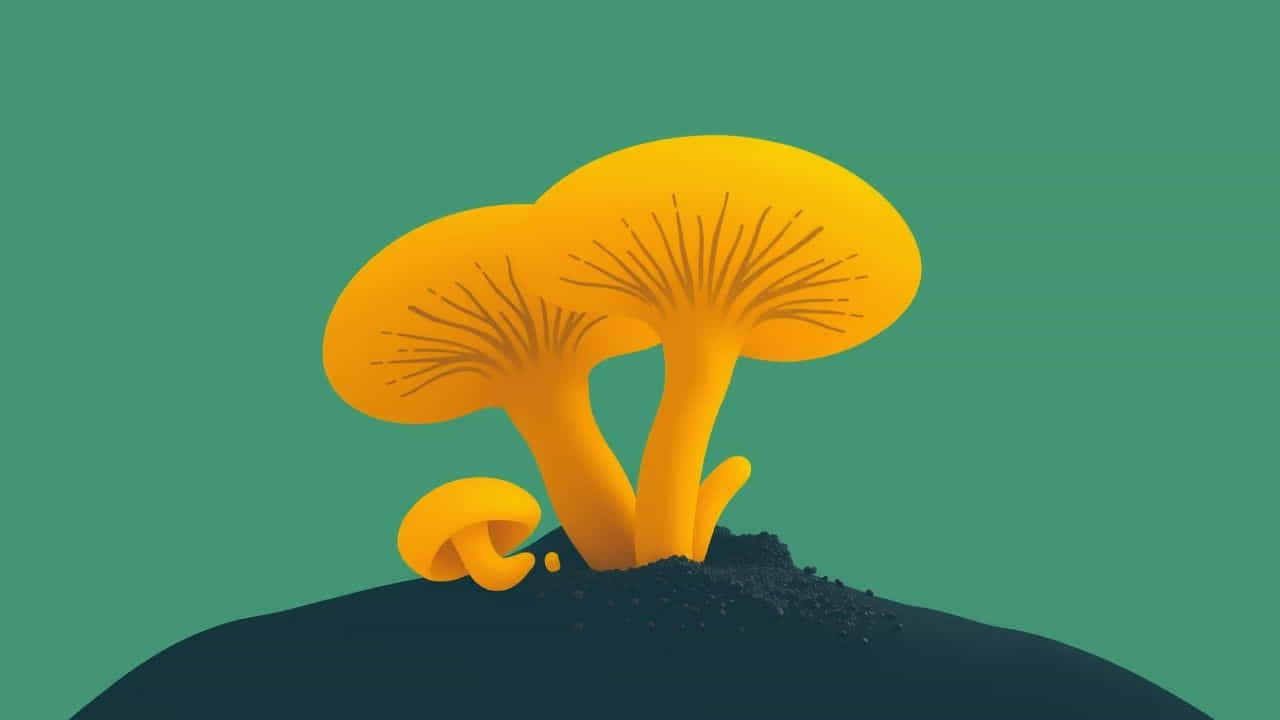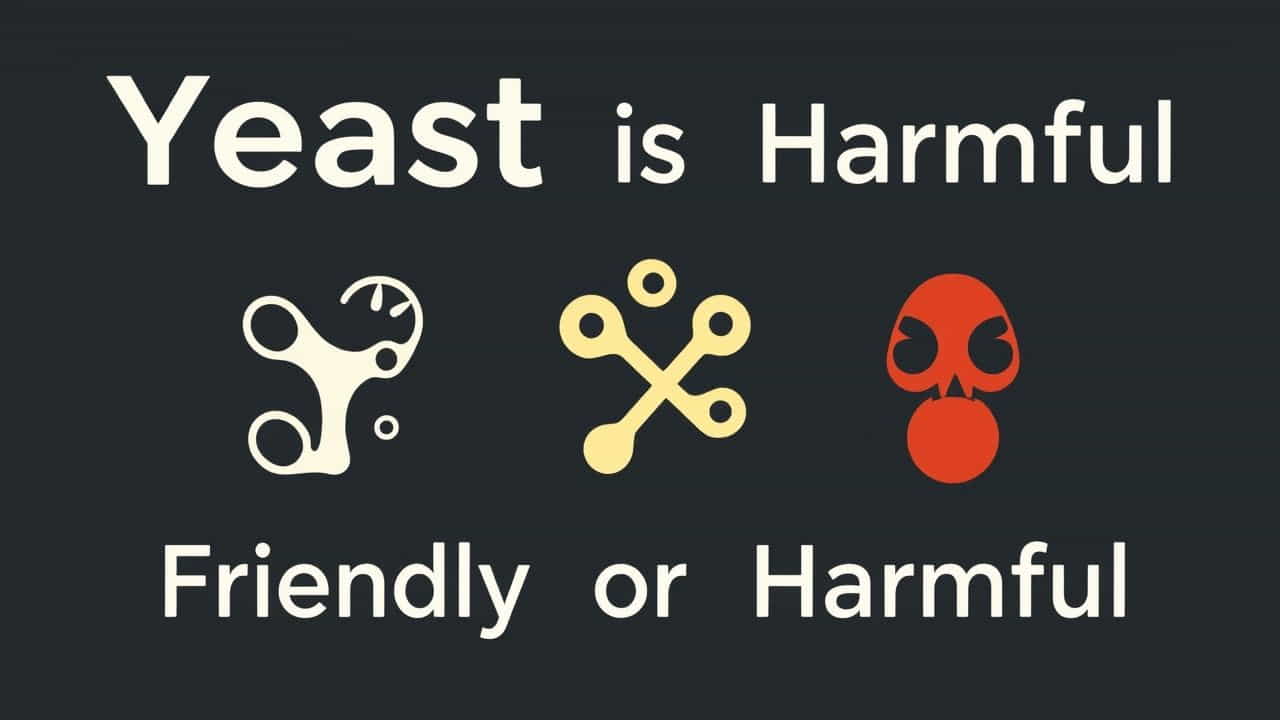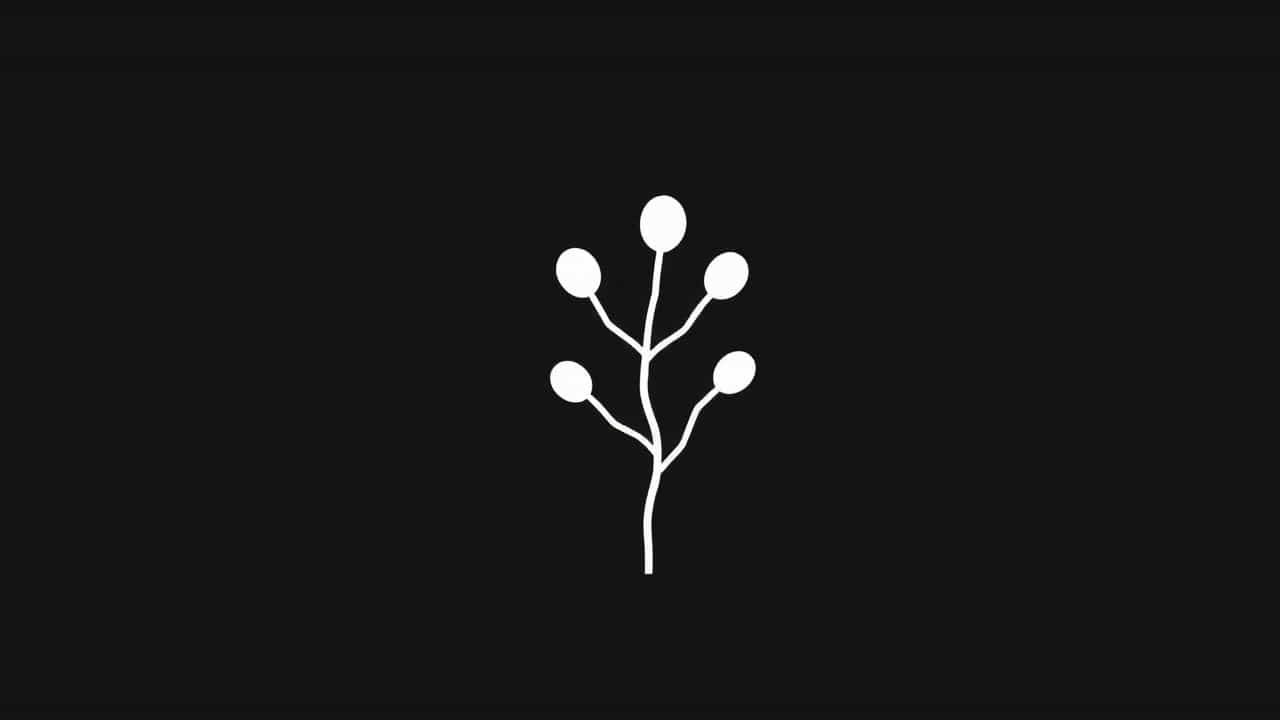Yeast Is Harmful Or Not
Yeast is a microscopic fungus that plays a significant role in food production, medicine, and even human health. While it is widely used in baking, brewing, and probiotics, certain types of yeast can cause infections and health problems.So, is yeast harmful or not? The answer depends on the type of yeast and how it interacts … Read more














